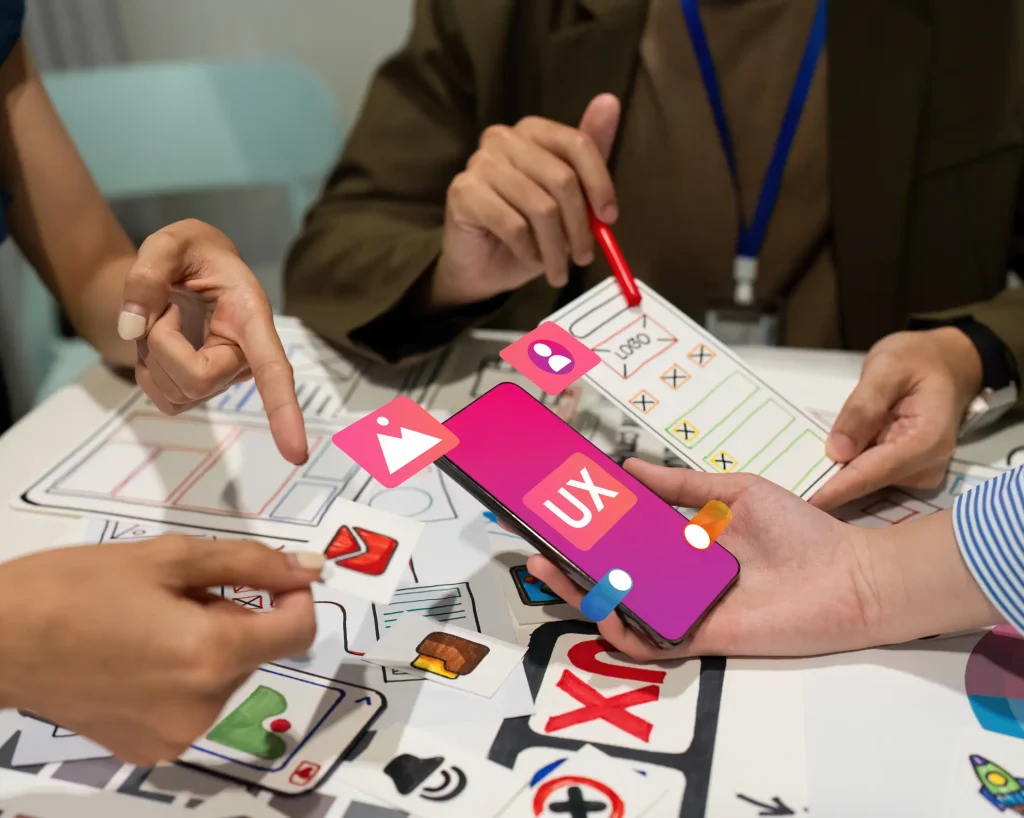The Psychology of Color in E-Commerce UX Design

Color plays a critical role in shaping user perception and behavior—especially in E-Commerce UX Design. The right color palette can increase trust, encourage action, and strengthen brand recall. For digital retailers, understanding how color psychology influences user experience can give a serious competitive advantage.
Why Color Psychology Matters in E-Commerce UX Design
In E-Commerce UX Design, users make split-second decisions based on visual cues. Color is often the first element they process. Warm tones like red and orange can create urgency and stimulate impulse buying. In contrast, cool tones like blue convey trust and calm, making them ideal for brands that prioritize credibility.
However, there’s no one-size-fits-all formula. The psychology of color depends heavily on context, audience, and cultural background. For example, green often signifies health or eco-friendliness, but its interpretation can vary globally. That’s why it’s important to align your color choices with your target demographic’s expectations and preferences.
Using Color Strategically in E-Commerce
To make the most of color psychology, brands should assign purpose to each hue. Use contrasting colors for calls to action (CTAs) so they stand out from the rest of the interface. Keep the overall palette consistent to avoid cognitive overload and build visual trust.
In addition, colors can guide users through the customer journey. For example, using bright accent colors in checkout areas can subconsciously encourage faster decision-making. Meanwhile, neutral backgrounds help product images and pricing stand out without distraction.
But even the most visually appealing designs must be tested. A/B testing different color schemes helps measure what actually resonates with your audience. By combining aesthetic appeal with psychological insight, you can fine-tune your design for better engagement and conversion.
Ultimately, E-Commerce UX Design is about creating a seamless, intuitive experience. When colors are chosen with intent, they do more than beautify—they persuade, guide, and convert.